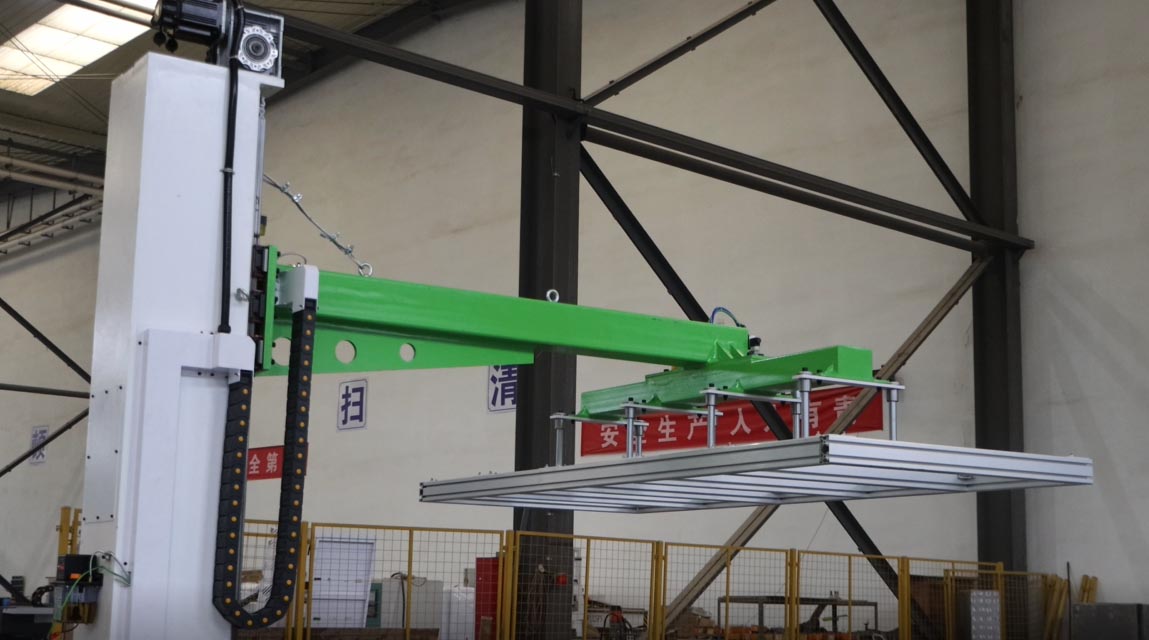光ファイバレーザー彫刻機は、その精度、速度、多機能性により、各業界で不可欠なツールとなっている。これらの機械は高強度レーザビームを用いて極めて高い精度で材料をエッチングまたはマーキングする。潜在的なユーザーの最も一般的な問題の1つは、ファイバレーザーがどのような材料を彫刻することができますか?本文は光ファイバーレーザー彫刻と互換性のある各種材料、それらの応用及び彫刻過程に影響する要素を深く検討した。
ファイバレーザー彫刻について

材料を探索する前に、光ファイバレーザー彫刻の動作原理を理解することが重要である。ファイバレーザは、材料表面と相互作用し、局所的な加熱をもたらす集中ビームを生成する。このプロセスは、材料の色を蒸発、溶融、または変化させて、恒久的な標識を形成することができる。光ファイバレーザの波長(通常、約1064 nm)は、標識金属と特定のプラスチックに対して特に効果的であり、それを工業用途の理想的な選択肢にする。
光ファイバレーザー彫刻と互換性のある材料
Fiber laser engraving machines are highly versatile and can work with a broad spectrum of materials. Below is a detailed list of materials that can be effectively engraved using a fiber laser
1. Metals
- Steel and Stainless Steel Fiber lasers are exceptionally effective on steel and stainless steel, producing high-contrast, durable marks. These materials are commonly used in automotive, aerospace, and medical industries.
- Aluminum Although aluminum is a reflective material, fiber lasers can still engrave it effectively, especially when using specialized settings or coatings.
- Copper and Brass These materials can be engraved, but their high reflectivity and thermal conductivity require precise laser settings to achieve optimal results.
- Titanium Widely used in medical implants and aerospace components, titanium can be engraved with fiber lasers, creating precise and durable marks.
2. Plastics
- ABS (Acrylonitrile Butadiene Styrene) Commonly used in automotive and consumer electronics, ABS can be engraved with fiber lasers, producing clear and permanent marks.
- Polycarbonate This material is often used in safety glasses and electronic components. Fiber lasers can engrave polycarbonate, but care must be taken to avoid excessive heat that can cause melting.
- Nylon Used in various industrial applications, nylon can be engraved with fiber lasers, though the results may vary depending on the specific type and additives.
3. Ceramics
- Alumina and Zirconia These ceramic materials are used in electronics and medical devices. Fiber lasers can engrave them, producing precise and durable marks.
- Glass While fiber lasers can mark glass, the process requires careful control to avoid cracking or chipping. Specialized techniques like annealing can be used to achieve better results.
4. Composites
- Carbon Fiber Widely used in aerospace and automotive industries, carbon fiber can be engraved with fiber lasers, creating high-contrast marks without damaging the underlying structure.
- Fiberglass This material can be engraved, but the process may produce rough edges due to its fibrous nature.
5. Other Materials
- Wood Although fiber lasers are not typically used for wood engraving, they can still produce marks on certain types of wood. However, CO2 lasers are generally more suitable for this material.
- Leather Fiber lasers can engrave leather, creating detailed and permanent marks. This is commonly used in the fashion and accessories industries.
- Rubber Used in gaskets and seals, rubber can be engraved with fiber lasers, producing durable and legible marks.
Factors Influencing Fiber Laser Engraving
Several factors can influence the effectiveness and quality of fiber laser engraving on different materials
1. Material Composition The chemical composition of the material plays a crucial role in determining how well it can be engraved. For instance, metals with high reflectivity, like copper and brass, require precise laser settings to achieve optimal results.
2. Surface Finish The surface finish of the material can affect the engraving process. Smooth surfaces may reflect more laser light, while rough surfaces can absorb more, influencing the mark's clarity and depth.
3. Laser Power and Speed The power of the laser and the speed at which it moves across the material are critical parameters. Higher power levels can engrave deeper marks, while slower speeds allow for more detailed and precise engraving.
4. Assist Gases The use of assist gases, such as nitrogen or argon, can improve the engraving process by reducing oxidation and enhancing the mark's quality, especially on metals.
5. Focus and Beam Quality Proper focusing of the laser beam is essential for achieving sharp and precise marks. High beam quality ensures consistent engraving across the material.
Applications of Fiber Laser Engraving
The versatility of fiber laser engraving machines makes them suitable for a wide range of applications across various industries
1. Industrial Manufacturing Fiber lasers are used to mark parts and components with serial numbers, barcodes, and logos, ensuring traceability and brand identification.
2. Medical Devices Engraving is essential for marking surgical instruments, implants, and medical devices with identification codes and specifications.
3. Electronics Fiber lasers are used to mark PCBs, connectors, and other electronic components with precise and durable marks.
4. Automotive Engraving is used for marking engine parts, chassis components, and other automotive parts with identification codes and safety information.
5. Jewelry Fiber lasers are used to engrave intricate designs, logos, and personalization on metal jewelry pieces.
6. Aerospace Engraving is crucial for marking aerospace components with identification codes, ensuring traceability and compliance with industry standards.
Conclusion
Fiber laser engraving machines offer unparalleled versatility and precision, making them ideal for a wide range of materials and applications. From metals and plastics to ceramics and composites, fiber lasers can produce durable and high-quality marks that meet the demands of various industries. Understanding the factors that influence the engraving process and selecting the appropriate settings for each material is essential for achieving optimal results. As technology continues to advance, the capabilities of fiber laser engraving machines will only expand, further solidifying their role as indispensable tools in modern manufacturing and beyond.
一般的なアドバイスが必要であれ、具体的なサポートが必要であれ、喜んでお手伝いします。